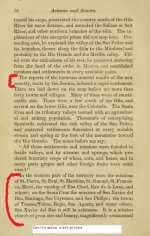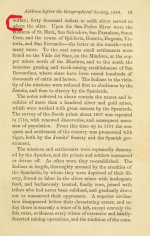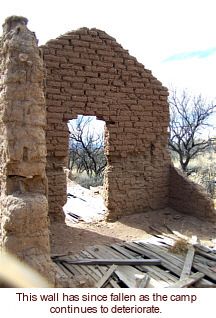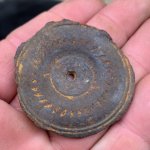Real de Tayopa Tropical Tramp
Gold Member
Morning Yammy/Swr: just snickering here, reading the last few posts..
Incidentally, why would mining a very rich vein be sooo despicable, especially in Rome, where they depended upon incoming wealth to sustain the order?
Also, no one has remarked upon the ruling of the Council of the Indies in Mexico city regarding mining by Priests, or of the special privilege that they were not required to register them? And one wonders why records of Jesuit mining are soo hard to find?
Don Jose de La Mancha
Incidentally, why would mining a very rich vein be sooo despicable, especially in Rome, where they depended upon incoming wealth to sustain the order?
Also, no one has remarked upon the ruling of the Council of the Indies in Mexico city regarding mining by Priests, or of the special privilege that they were not required to register them? And one wonders why records of Jesuit mining are soo hard to find?
Don Jose de La Mancha




 <Hot cocoa this time!>
<Hot cocoa this time!>
 Are you not willing to concede that even in Mexico, there are documented cases of Jesuits mining, owning mines, and concealing treasures?
Are you not willing to concede that even in Mexico, there are documented cases of Jesuits mining, owning mines, and concealing treasures? 






